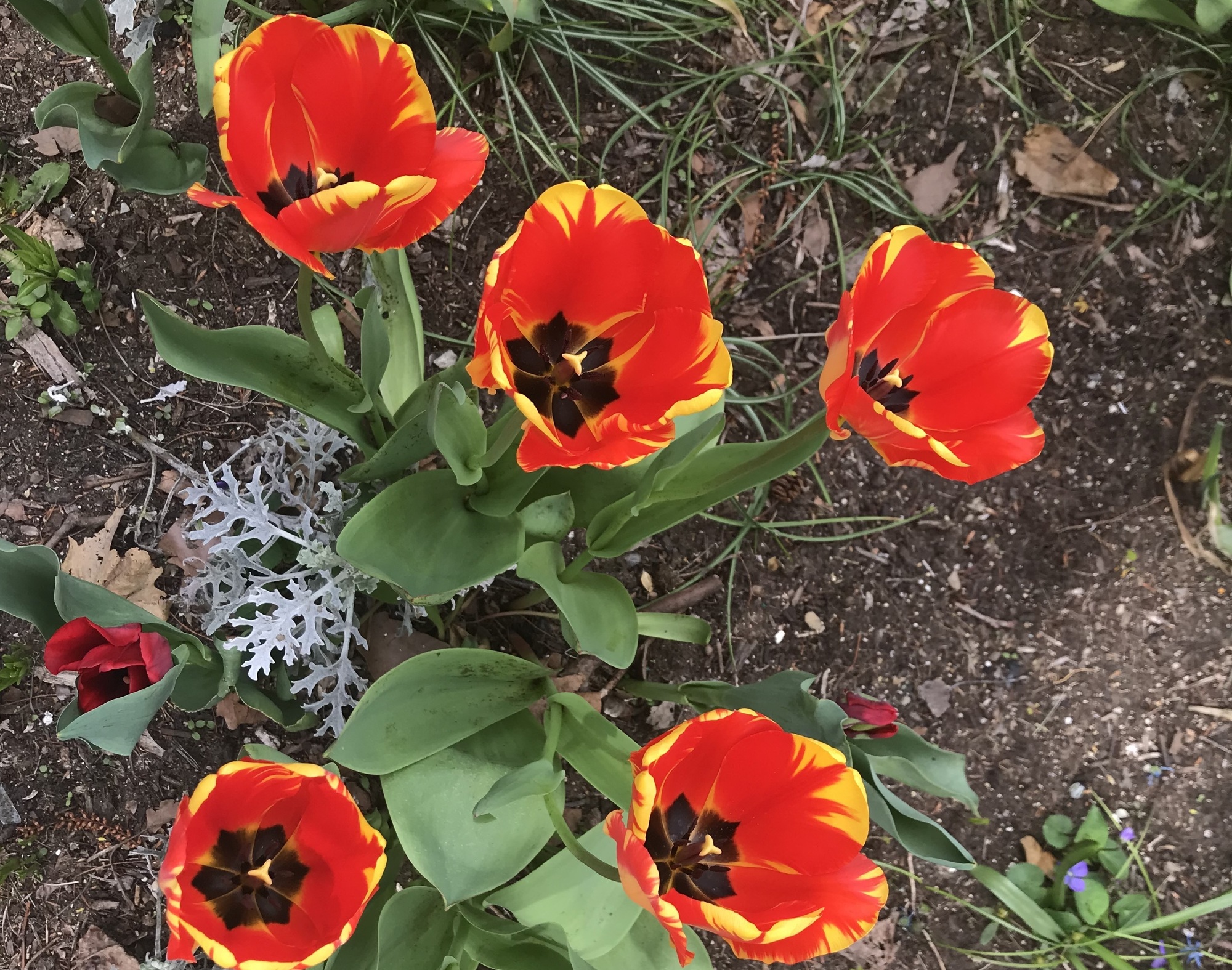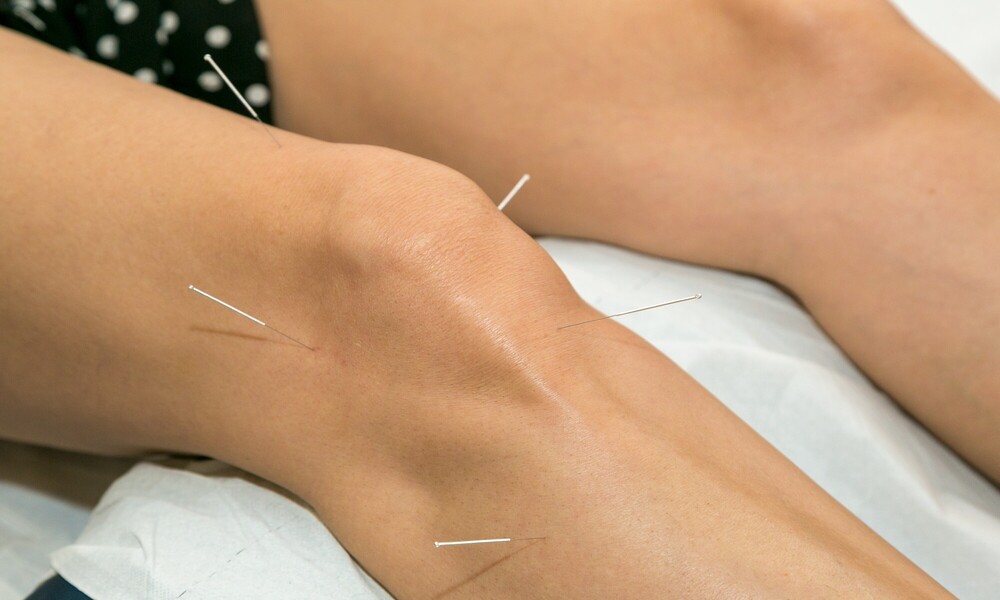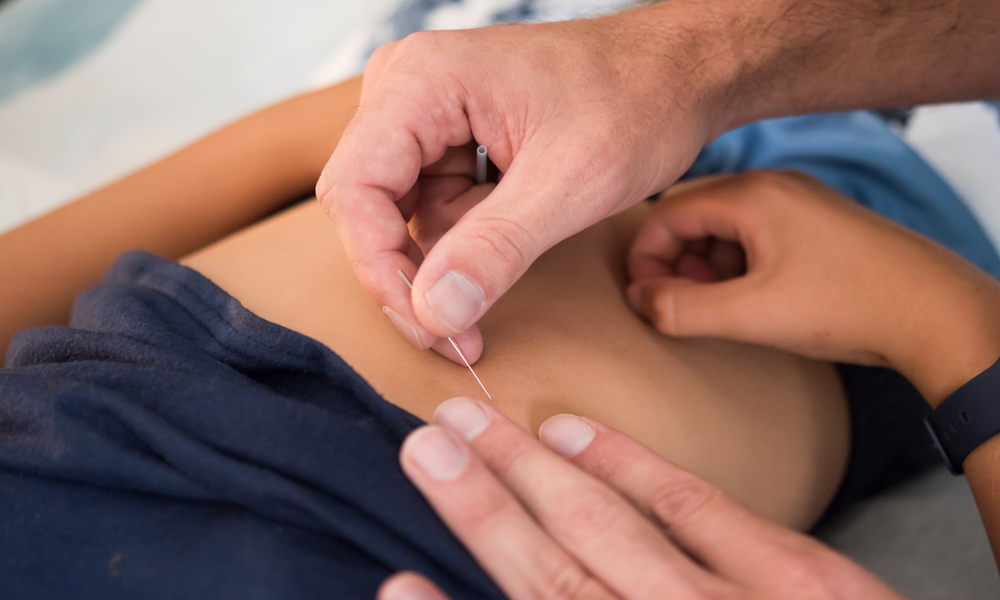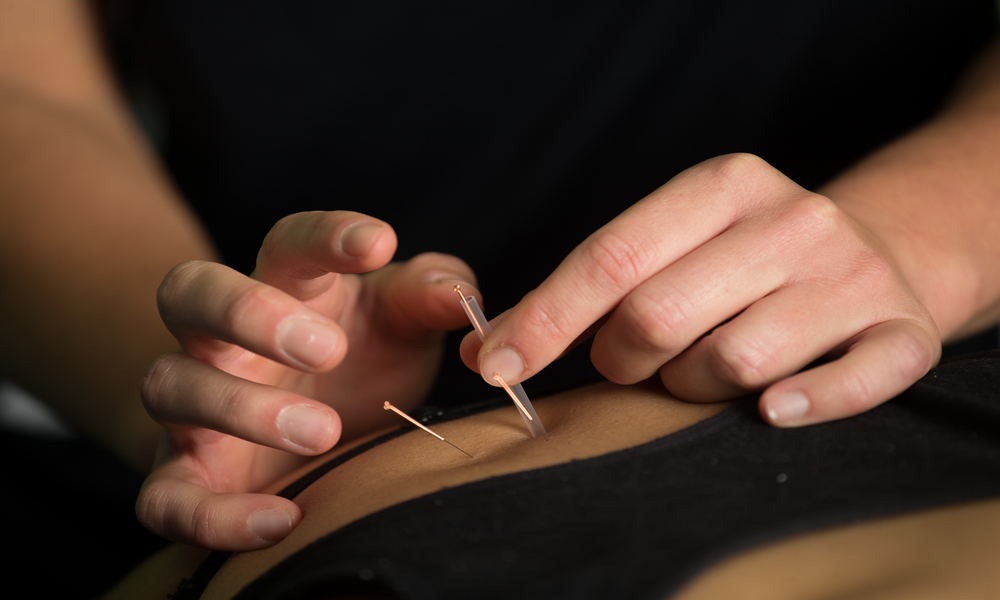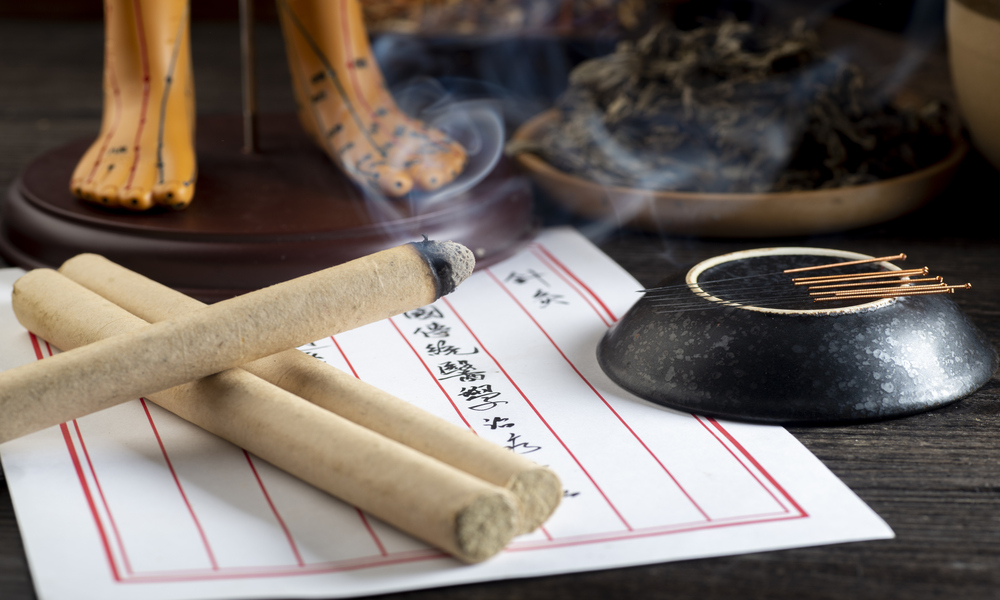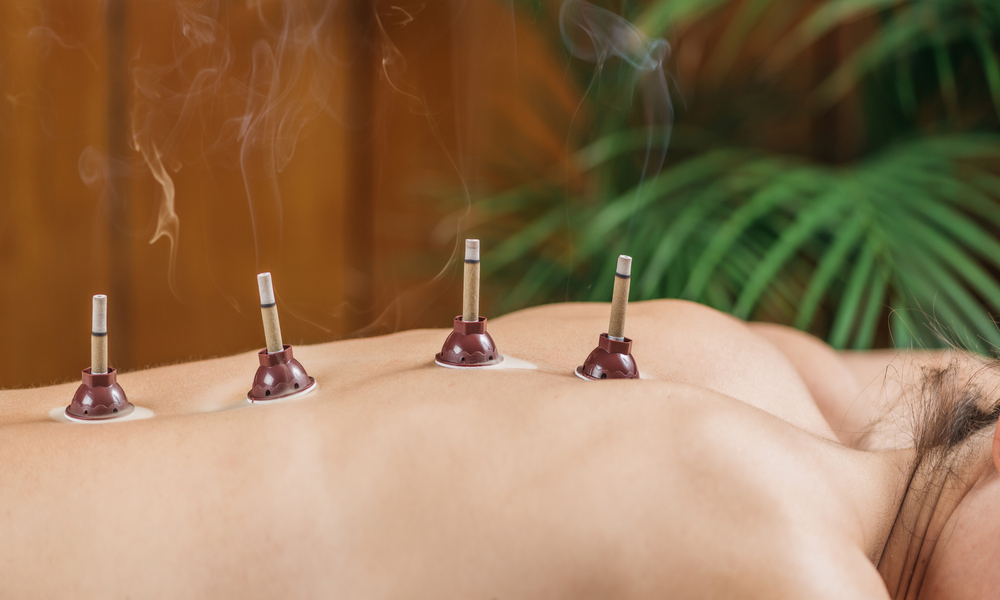What is holistic health ?
Holistic health is taking the whole body into consideration when evaluating presenting symptoms and assessing modalities of treatment to improve health and thereby the quality of life.It was practiced by acupuncturists who had studied their craft for many years and created their own herbal formulae beside treating with needles.
What is acupuncture ?
Acupuncture is an ancient science that has its origin in China before 2500 BC and is over 3000 years old. It was developed on behest of rulers who wished a disease free life.
In those ancient times acupuncture points were studied and recorded in texts that are still being studied like the Nei Jing. Treatment was initiated with various forms of needles to access these points which utilized materials like glass and later on various different metals were used. Today we use single use presterilized metal needles that are machine made from different metals. These are thin filiform solid needles and may have a metal or plastic handle. They come in various lengths and gauges based on the part of the body they are used.
Acupuncture points are individual points that have a specific characteristic, and are located on various meridians that run throughout the body. These have been very well described and are positioned by specific measurements based on location.

Where are the needles placed for treatment ?
Needles may be placed at specific acupuncture point locations along a meridian which run from the scalp to the hands and feet, at tender (Ashi) points, at other areas which constitute microsystems that represent the entire body such as the ear (auricular acupuncture), hands (Korean hand therapy) and non-meridian points on the scalp that are used in scalp acupuncture. So, in short the entire body may be used based on the practitioner’s preference but most sites except tender points are defined.
How are needles inserted ?
Needles are manually inserted by the practitioner using a free hand technique or using a guide tube. Once inserted beyond the skin depth, needles are manipulated to the required depth. The needles may then be twirled manually or connected to an external stimulator. Although insertion is most often painless or minimally painful on achieving the required depth a feeling of deep ache or pain may occur which is momentary.
What is Moxa?
Moxa is a herb derived from a plant called mugwort plant (artemisia vulgaris or artemisia argyii) and is available as a stick, powder etc. It is burnt and placed on or near acupuncture points to warm the meridian. It is sometimes used in lieu of needles and, in some areas, where needles cannot not be used. This process is called moxibuxion.
Acupuncture and pain relief
- Pain is multifactorial. Patients need to have been evaluated as to the cause of the pain. Acupuncture for acute pain (less than 6 weeks duration) is highly effective and consists of local and distal needling.
- In chronic pain conditions treatment is based on pathology and is individualized. Treatment consists of opening blocked channels and using specific points on the affected channel. Electro acupuncture may be used.
- Other modalities that may be added are microcurrent and Infra-red therapy.
What other conditions may be treated with acupuncture?
- Acupuncture is a holistic science. It can target organs and specific areas. It is helpful in treating many of the following conditions of the.
- Gastrointestinal tract: constipation, diarrhea, IBS symptoms, reflux, bowel incontinence, levator spasms.
- Urinary tract: urinary incontinence, pain, calculi.
- Endocrine system: thyroid issues, weight management.
- Nervous system: migraines and other headaches, paralysis after strokes, anxiety, depression, addiction, symptoms of Parkinson’s disease, peripheral neuropathy, facial paralysis.
- ENT: Tinnitus, vertigo, TMJ issues.
- Other: support after chemotherapy.
Talk to your acupuncture practitioner if the treatment is right for you.
Who can benefit from acupuncture?
In China acupuncture is used to prevent and treat disease and it is used more frequently and routinely. Acupuncture will not cure diseases like cancer or an infection. It may be used as an adjunct to support other treatments or symptoms. You must discuss with your doctor if you may benefit from acupuncture. Currently there is a lot of research which supports the use of acupuncture in many disease states. However, if you have an emergency or a sudden exacerbation of symptoms please dial 911 or go to the ER.
Suggested Reading
- American Academy of Medical Acupuncture https://medicalacupuncture.org/
- NAACOM https://www.nccaom.org/
- https://www.nccih.nih.gov/health/acupuncture-what-you-need-to-know
- Relationship of acupuncture points and meridians to connective tissue planes Langevin HM, Yandow JA. Anat Rec. 2002 Dec 15;269(6):257-65. doi: 10.1002/ar.10185. PMID: 1246708.
- Acupuncture for the treatment or management of chronic pain. Coeytaux RR, Garland E. N C Med J. 2013 May-Jun;74(3):221-5.PMID: 23940892
- Acupuncture and regulation of gastrointestinal function.Li H, He T, Xu Q, Li Z, Liu Y, Li F, Yang BF, Liu CZ.World J Gastroenterol. 2015 Jul 21;21(27):8304-13. doi: 10.3748/wjg.v21.i27.8304. PMID: 26217082
- The role of acupuncture in the treatment of chronic pain.Patel M, Urits I, Kaye AD, Viswanath O.
- Best Pract Res Clin Anaesthesiol. 2020 Sep;34(3):603-616. doi: 10.1016/j.bpa.2020.08.005. Epub 2020 Aug 8.PMID: 33004170
- Acupuncture for Parkinson's Disease: Efficacy Evaluation … https://pubmed.ncbi.nlm.nih.gov/34221005
- https://frequencyspecific.com/papers-2

